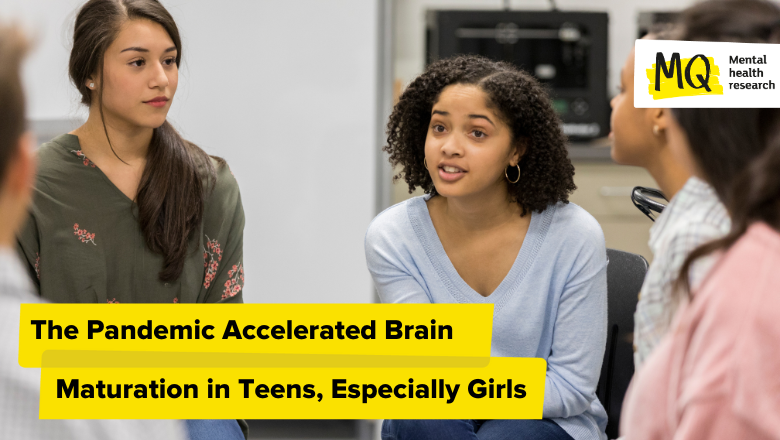During the COVID-19 pandemic, governments worldwide implemented measures like stay-at-home orders and school closures to limit the spread of the virus. For children navigating adolescence, these lockdowns occurred during a critical period marked by emotional, behavioural, and social development.
New research from the University of Washington, published in the Proceedings of the National Academy of Sciences, found that the pandemic led to accelerated brain maturation in adolescents, more notably in females. The study showed that brain maturation, measured by cortical thinning, accelerated by an average of 4.2 years in girls and 1.4 years in boys. Patricia Kuhl, senior author and co-director of UW’s Institute for Learning & Brain Sciences (I-LABS), noted,
“We think of the COVID-19 pandemic as a health crisis, but we know that it produced other profound changes in our lives, especially for teenagers.”
Cortical thinning, the natural reduction in the thickness of the brain’s outer layer, is associated with aging and stress. This process is often linked to an increased risk of neuropsychiatric disorders, like anxiety and depression, which emerge during adolescence, particularly in girls. Chronic stress, such as that caused by the pandemic, may have contributed to this accelerated thinning.
The UW study, initially begun in 2018 to track typical adolescent brain development, had to pivot after the pandemic hit. Neva Corrigan, the study’s lead author, explained, “Once the pandemic was underway, we started to think about which brain measures would allow us to estimate what the pandemic lockdown had done to the brain.” When the researchers re-examined the adolescents in 2021, they found that brain thinning was much more pronounced in females, affecting all brain regions, while in males, it was limited to the visual cortex.
Kuhl suggested that the difference in impact may be tied to girls’ greater reliance on social interaction for emotional support.
“What the pandemic really seems to have done is to isolate girls. All teenagers got isolated, but girls suffered more. It affected their brains much more dramatically”.
Although the cerebral cortex is unlikely to thicken again, Kuhl said recovery might occur through slower thinning over time as normal social interactions return. “It is possible that there might be some recovery,” she said, but added, “It’s also possible to imagine that brain maturation will remain accelerated in these teens.”
Kuhl emphasized that while the pandemic offered a test case for understanding adolescent brain fragility, many questions remain unanswered. “All the best research raises profound new questions, and I think that’s what we’ve done here.”
MQ is committed to researching the lasting effects of COVID-19, such as the PHOSP-COVID study.




